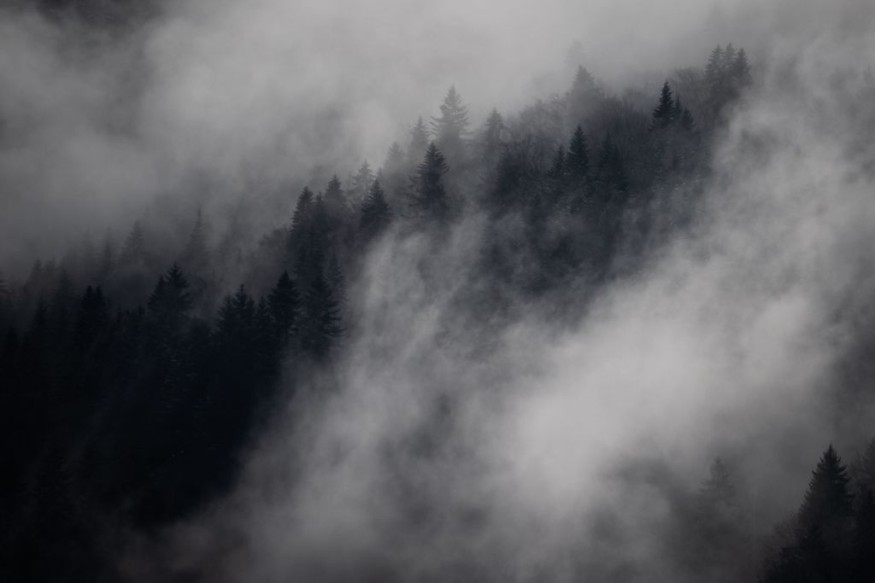The Black Mountain has been known to be the version of the "Bermuda Triangle of Queensland" due to stories of the mysterious vanishing of animals and people.
The Black Mountain, characterized by its granite boulder rocks, is located 25 kilometers from Cooktown in the state of Queensland, Australia.
However, new research debunked the myths surrounding the Black Mountain disappearances.
The research explained the disappearances and suggest there are concrete factors on why the disappearances occur.
Black Mountain, the Bermuda Triangle of Queensland, Australia

The mountain has been compared to the famous Bermuda Triangle, a triangle-shaped area in the North Atlantic Ocean wherein aircraft, ships, and people allegedly disappeared mysteriously, as per the National Oceanic and Atmospheric Administration (NOAA) - National Ocean Service (NOS).
Despite the mystery behind the Bermuda Triangle, the US Navy and US Coast Guard claimed the disappearances within the Bermuda Triangle are a result of natural calamities and human errors, as per the NOAA - NOS.
Like the Bermuda Triangle, the mystery of Black Mountain disappearances was rationally explained.
New Research Debunks Mystery of Black Mountain Disappearances
New research in Australia reportedly indicated that such disappearances in the Black Mountain can be explained based on reality and real-world causes.
Furthermore, the research claimed it has resolved the mysterious incidents of disappearances in the Black Mountain.
The research team behind the recent discovery uncovered the mystery behind the Black Mountain by debunking some of the long-held notions surrounding the myths of the mountain, according to Bev Shay, a Cooktown-based historian, and the new research proponent, as per News Net Daily.
The new research elaborated there are several scientific factors that made disappearances likely.
These factors include the remoteness of the Black Mountain, the presence of crocodiles in the area, intoxication due to alcohol consumption, lack of swimming skills, and incidents of foul play.
Black Mountain Disappearances Dating Back to the 1800s
The Black Mountain has been the center of attention and human imagination due to unexplained disappearances back during the 1800s.
The Black Mountain disappearances included early explorers, cattle, and horses who vanished without a trace.
Prior to the new research, the unexplained circumstances or cause that led to the disappearances in the Black Mountain has sparked a wide range of believers spanning across several generations, thinking that the Black Mountain is mythical and similar to the Bermuda Triangle.
Some of the instances of disappearances in the Black Mountain are the following, as per ABC News:
- 1800 - The infamous criminal Sugarfoot Jack and his accomplices were never seen again after fleeing to the Black Mountain following a shootout.
- 1872 - A delivery courier by the name of Philip Grayner disappeared while looking for his calf.
- 1882 - Police searched for two missing cattlemen, Harry Owens and George Hawkins, at the Black Mountain; one of the cattlemen returned and was unable to provide a coherent report.
- 1928 - A prospected named Q. Packer went missing while searching for gold or gemstones at the Black Mountain; his body was later found with a bullet on his head and to his rifle.
- 1932 - A traveler who went on hiking to the Black Mountain was reported missing and was later found dead due to unexplained causes.
The Sacred Battlefield of Kalkajaka
Known by traditional indigenous owners as Kalkajaka¸ which translates to spear, the Black Mountain was once a so-called sacred battlefield between warring tribal clans over territorial disputes relating on contested hunting grounds.
Furthermore, traditional indigenous owners also consider the Black Mountain as a sacred battleground for spirits.
The mountain is not only a source of cultural mystery and legend among the indigenous tribes but they are also acknowledged by non-indigenous people, as per ABC News.
Related article: Bermuda Triangle Mystery Solved? Experts Point to 'Killer Clouds'
© 2025 NatureWorldNews.com All rights reserved. Do not reproduce without permission.





